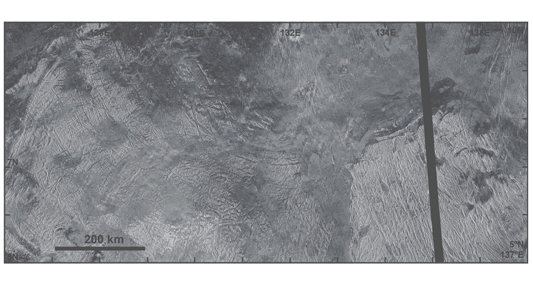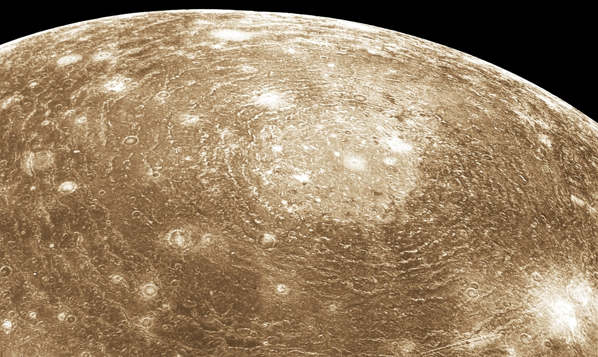Planetary scientists have unveiled the origin of the massive rings surrounding Venus.
On Venus, since the time of its exploration by Soviet spacecraft, remarkable "patterns" have been observed that are not found anywhere else, known as tesserae. This term was proposed by Soviet scientists. Translated from Greek, it means "square mosaic" or "tiles." These designs—more like bas-reliefs—on the planet's surface indeed somewhat resemble tiles, slabs, or parquet flooring.
Planetologists have identified around 60 Venusian tesserae, each named after a goddess. Recently, they became particularly interested in one named after the patroness of the Navajo people—Haasttse-baad.
This area spans approximately 2,600 kilometers in width, and among the "tiled" elevations, the outlines of a circle and concentric circles with a diameter of 1,500 kilometers can be discerned.

Interestingly, among the hundreds of impact craters on Venus, none are of comparable size, and generally, craters larger than 300 kilometers are not found. Nevertheless, a team of Spanish and American planetologists suggested that this is indeed an impact formation, albeit a highly unusual one.
In their article for Journal of Geophysical Research: Planets, they explained that they compared the mysterious rings with similar structures on other planets and moons in the Solar System. As a result, one of them appeared particularly intriguing to the scientists. This is the vast Valhalla basin on Jupiter's moon Callisto, which is also outlined by concentric rings, the widest of which reach a diameter of 1,900 kilometers. And this is an impact formation.

What is remarkable about it is that the asteroid that crashed in this location did not strike solid ground but rather ice. This is evident from the way the structure appears bright against the surrounding brown background. Planetologists are convinced that Callisto is also covered by a thick icy shell, similar to Europa (another moon of Jupiter), Enceladus (a moon of Saturn), and possibly Uranus's moon Miranda.
Whether there are any water reservoirs beneath Callisto's ice is a complex question. However, at least in the past, there could have been a vast subglacial ocean. In any case, these circles were formed by water that surged from beneath the solid crust breached by the asteroid.
This led planetologists to an intriguing hypothesis: they propose that the extraordinary circles on Venus formed in a similar manner, except that on its surface, it was molten magma that flowed, not water. Given that the structure is very ancient, scientists speculate that at the time of its formation, the planet was covered by a very thin layer of solidified crust. It would not have been difficult to penetrate, especially with such a massive asteroid.
By the way, another intriguing detail: some circles are shifted in such a way that it raises the suspicion of traces from the impact of not one, but two asteroids. According to rough estimates, each of them would have been about 75 kilometers in size.